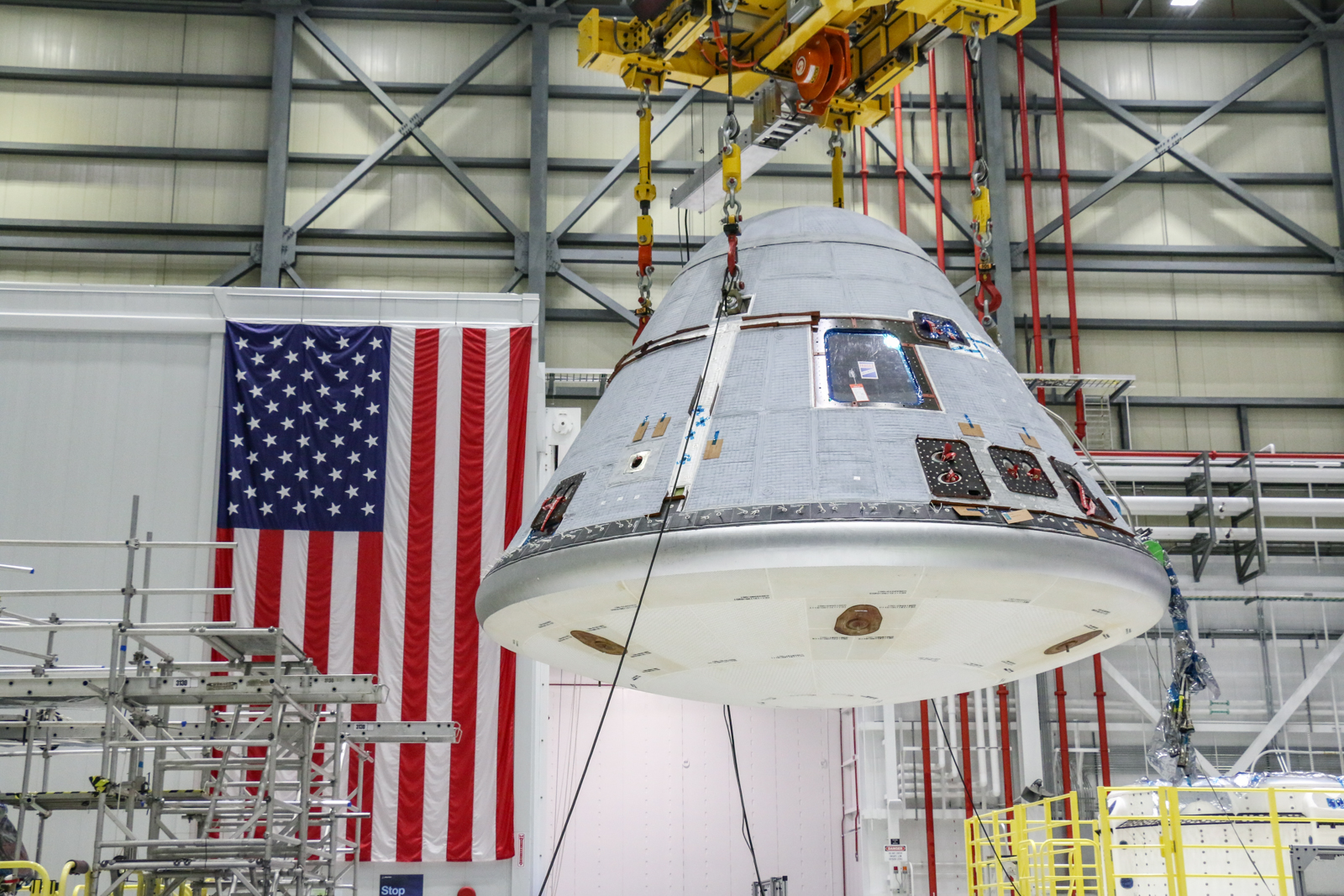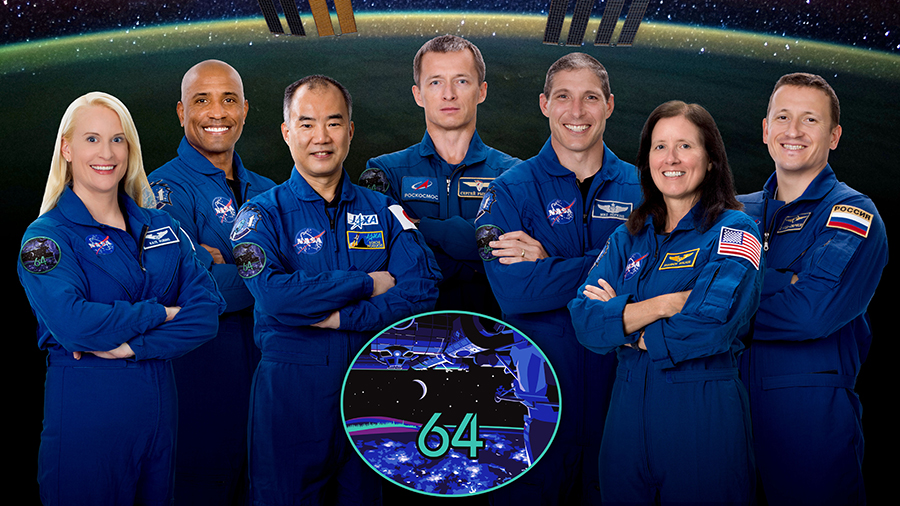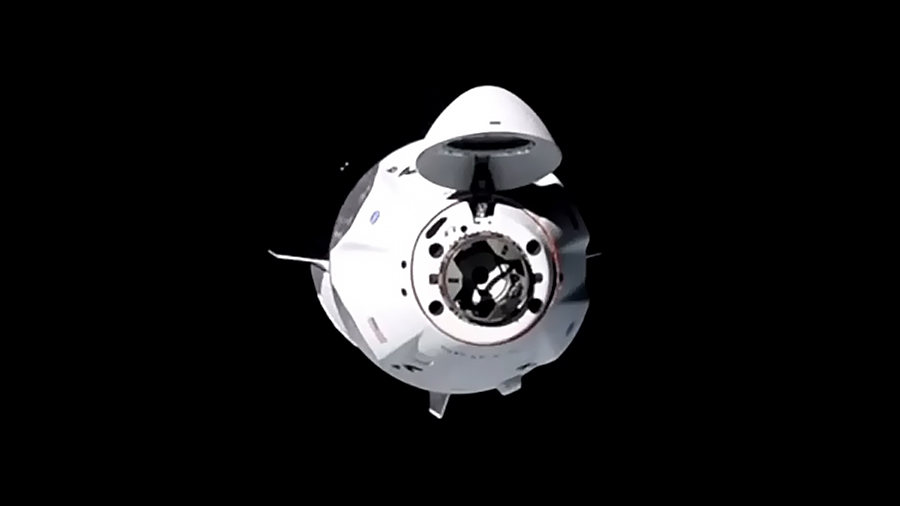
Following the latest in a series of reviews for the second crew rotation mission with astronauts on an American rocket and spacecraft from the United States, NASA and SpaceX managers and engineers continue to prepare for launch of the Crew-2 mission to the International Space Station no earlier than 6:11 a.m. EDT Thursday, April 22. Mission teams also are targeting the return of the Crew-1 astronauts on Wednesday, April 28, with undocking about 5 a.m. and splashdown approximately 12:35 p.m. off the coast of Florida.
The most recent review on Monday hosted by the International Space Station Program is one of several reviews that include SpaceX and the Commercial Crew Program culminating with the Flight Readiness Review (FRR) April 15. That FRR formally sets the official launch time and date.
With Crew-2 mission preparations continuing, Crew-1 astronauts also are preparing to relocate the Crew Dragon Resilience spacecraft from one space station docking port to another on April 5 to clear the desired location for Crew-2’s arrival. This is the start of a process that allows Crew-2 to dock to the Harmony Node 2 forward port, freeing up the Node 2 Zenith port – following Crew-1 departure – for extraction of the new solar arrays from the SpaceX CRS-22 cargo mission’s trunk when it arrives.
Crew-2 will be the first mission to fly two international partner crew members as part of NASA’s Commercial Crew Program.
NASA astronauts Shane Kimbrough and Megan McArthur will serve as spacecraft commander and pilot, respectively. Japan Aerospace Exploration Agency (JAXA) astronaut Akihiko Hoshide, and European Space Agency (ESA) astronaut Thomas Pesquet will join as mission specialists.
Following a short handover, Crew-1 NASA astronauts Michael Hopkins, Victor Glover and Shannon Walker, along with JAXA astronaut Soichi Noguchi, plan to return home off the coast of Florida about five days after the Crew-2 arrival to the space station as long as mission priorities and weather cooperate.








